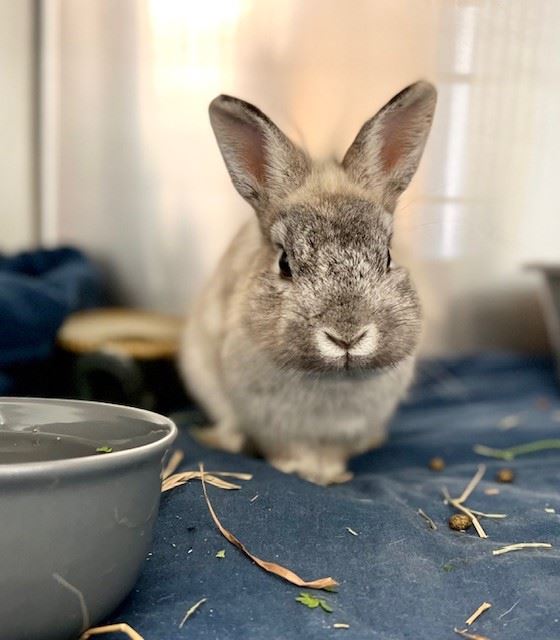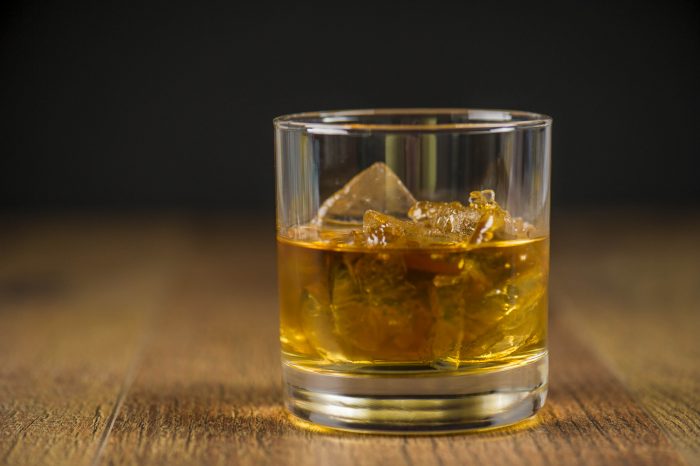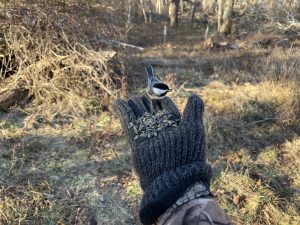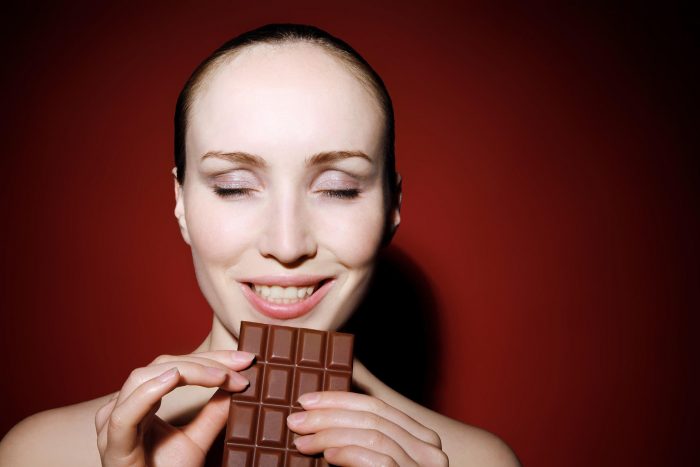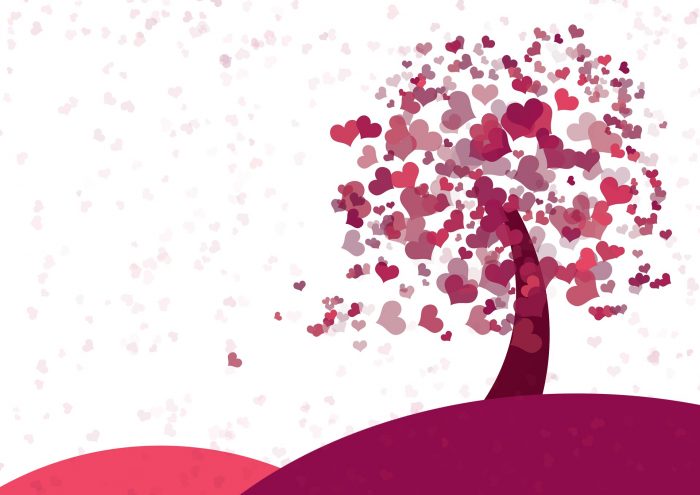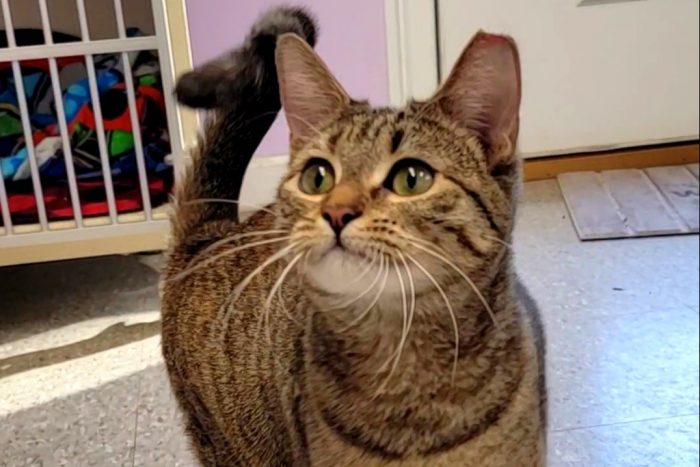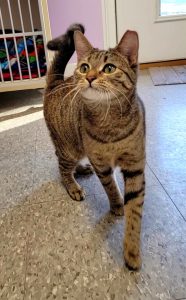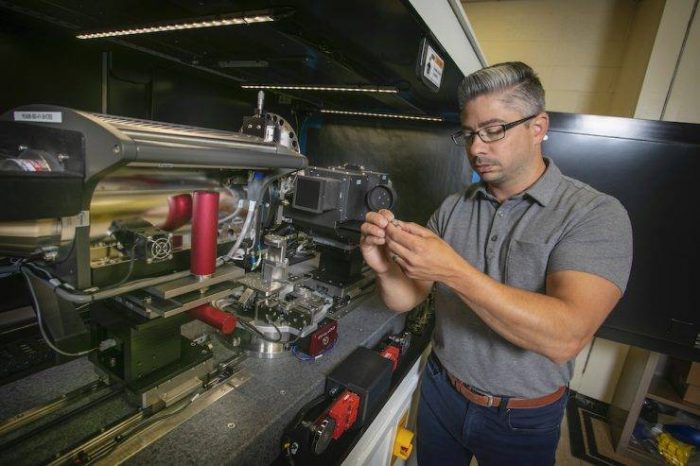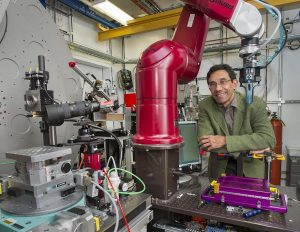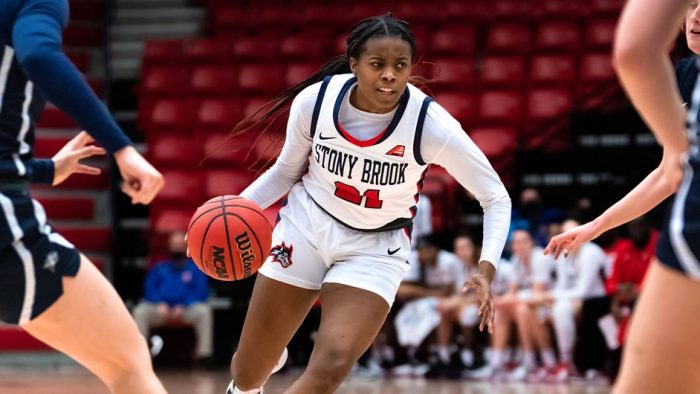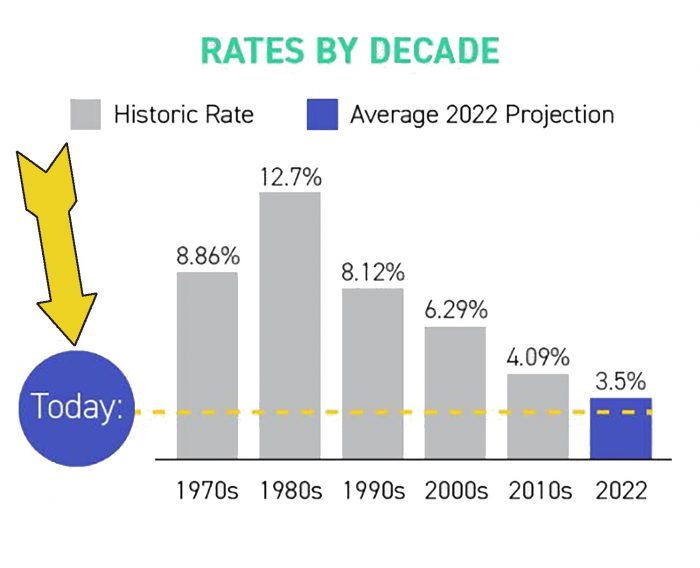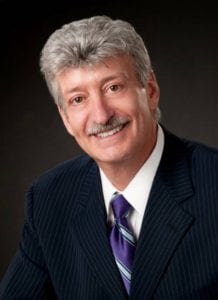 Welcome to the second edition of Paw Prints, a monthly column for animal lovers dedicated to helping shelter pets find their furever home!
Welcome to the second edition of Paw Prints, a monthly column for animal lovers dedicated to helping shelter pets find their furever home!
Shelter Pets of the Month
Meet Goose!

A three-year-old Pekingese mix, Goose is waiting at Little Shelter in Huntington to swoop in and capture your heart. One could say that he qualifies as “special needs” dog due to paralysis of his back legs, though he doesn’t let this disability slow him down in the least. He has a positive outlook on life, is friendly with everyone, good with all age groups, and is an inspiration to always view the glass (or water bowl!) as half full. While he can navigate all on his own, with his set of specially fitted wheels to act as his back legs, he’s nearly unstoppable! He is joyful, playful, and just about the sweetest soul you may ever meet. Come by and take a gander at little Goose.“True love doesn’t have to be perfect, it just has to be true.” Call 631-368-8770 for more information
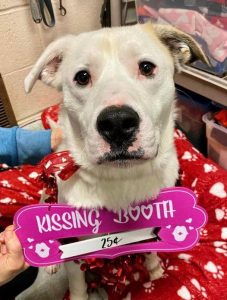
Meet Blinky!
Blinky recently arrived at Kent Animal Shelter in Calverton from Texas. A 1-year-old male American Eskimo mix, this sweetheart gets along wonderfully with other dogs and is an all around good boy with a HUGE heart. He only has eyes for you this Valentine’s Day! Call 631-727-5731 for more information.

Meet River!
Look at those ears! River, a 9-month-old Collie Mix is available for adoption at Kent Animal Shelter in Calverton. He weighs 29 pounds and loves to play with his toys. He is a sweet little boy just looking for love! Come see River today! Call 631-727-5731
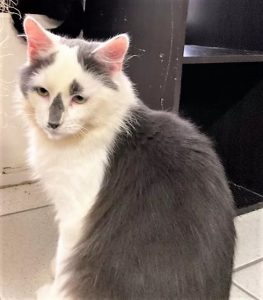
Meet Ben!
Ben is a 3-year-old male medium/long-haired domestic patiently waiting at Little Shelter in Huntington for his furever home. He runs up to everyone for pets and head-scratches. If he isn’t getting lovin’s, he is playing with toys and other cats. He is a very happy and energetic fellow! Call 631-368-8770.
Meet Rudolph!
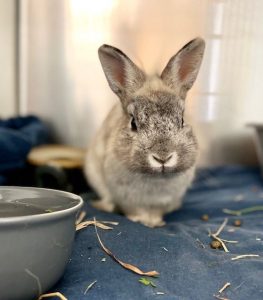
Brookhaven Town Animal Shelter and Adoption Center currently has several cute bunnies available for adoption including Rudolph. All are spayed and neutered. Call 631-451-6955 for more information.
Meet Princess!
 An eight-year-old Terrier mix, Princess arrived at Little Shelter in Huntington severely emaciated and malnourished due to a combination of Inflammatory Bowel Syndrome and exocrine pancreatic insufficiency. Following her diagnosis, she was started on a special diet and the appropriate medication, resulting in a slow but steady weight gain and this little warrior Princess is looking and feeling much better. She is now ready for a “foster with intent to adopt” situation so she can continue her progress in a loving home environment. This sweetie pie is a slice of happiness served up with a wagging tail and a joyful spirit. She is social, active, fun-loving and always excited to be among friends. Will you be the one to write her next chapter? Call 631-368-8770.
An eight-year-old Terrier mix, Princess arrived at Little Shelter in Huntington severely emaciated and malnourished due to a combination of Inflammatory Bowel Syndrome and exocrine pancreatic insufficiency. Following her diagnosis, she was started on a special diet and the appropriate medication, resulting in a slow but steady weight gain and this little warrior Princess is looking and feeling much better. She is now ready for a “foster with intent to adopt” situation so she can continue her progress in a loving home environment. This sweetie pie is a slice of happiness served up with a wagging tail and a joyful spirit. She is social, active, fun-loving and always excited to be among friends. Will you be the one to write her next chapter? Call 631-368-8770.
Paw News
MY FURRY VALENTINE
The Town of Brookhaven Animal Shelter and Adoption Center offers free adoptions for the month of February for animals that have been at the shelter over 6 months. For more information, call 631-451-6955 or visit www.brookhavenny.gov/animalshelter.
*Check out the next Paw Prints in the issue of March 10 in print and online.

